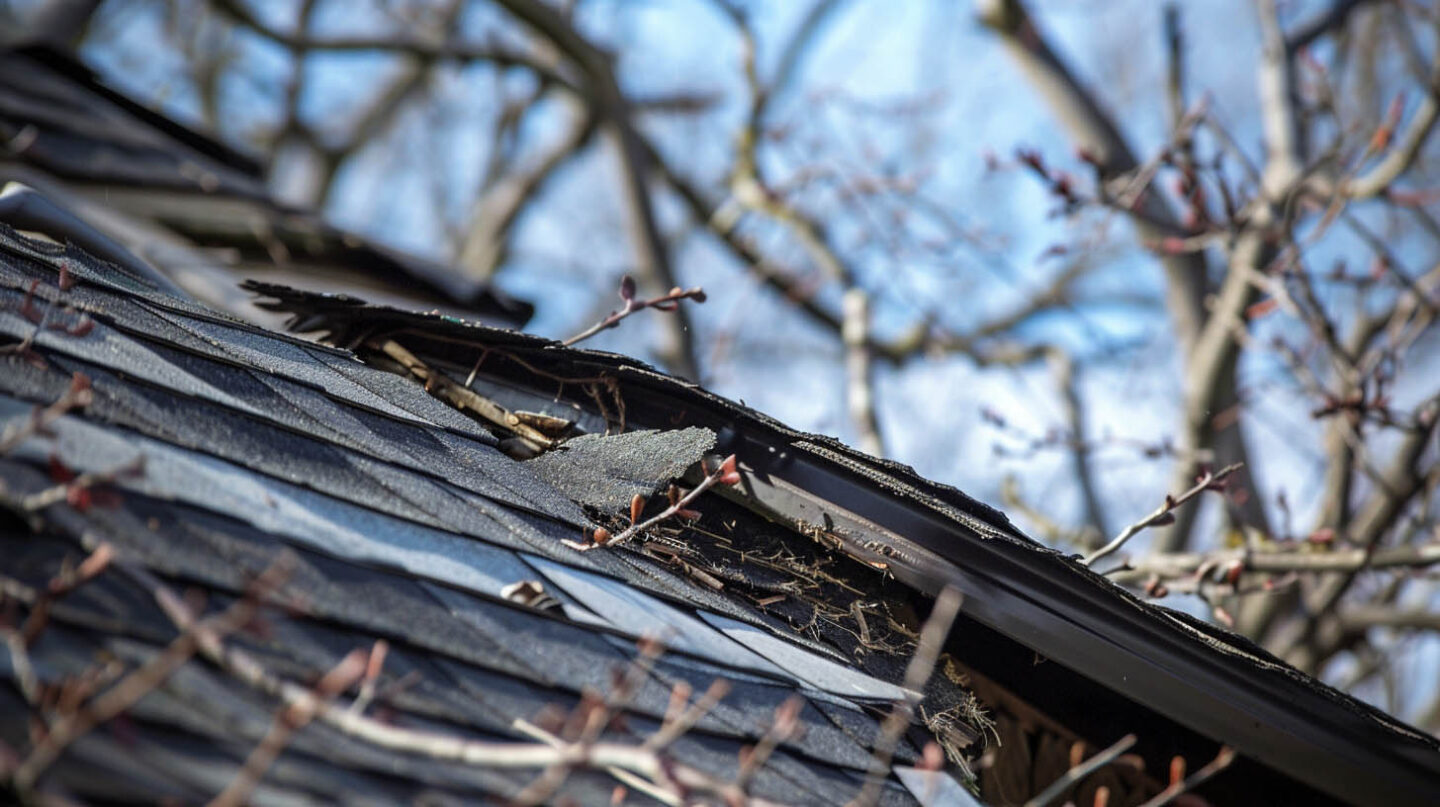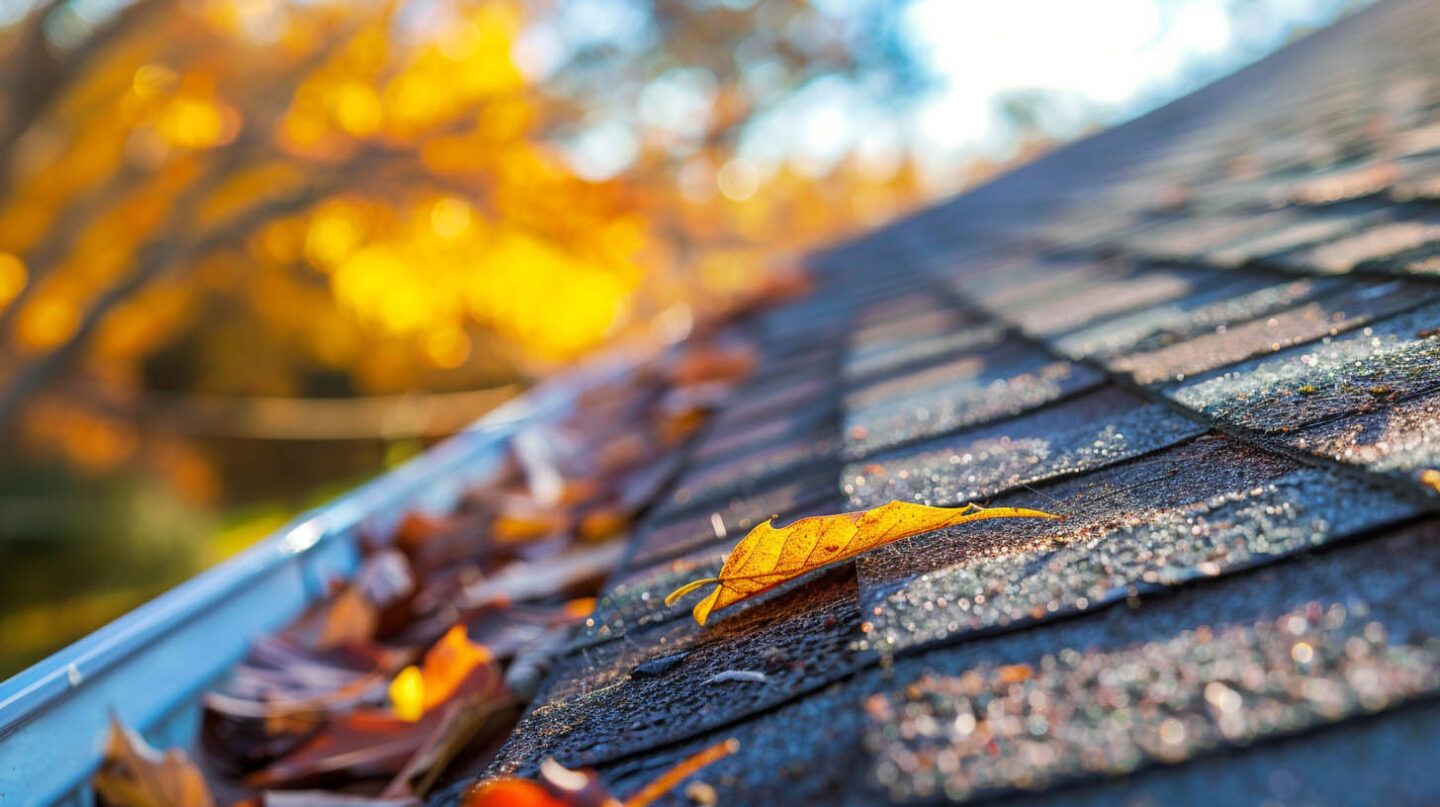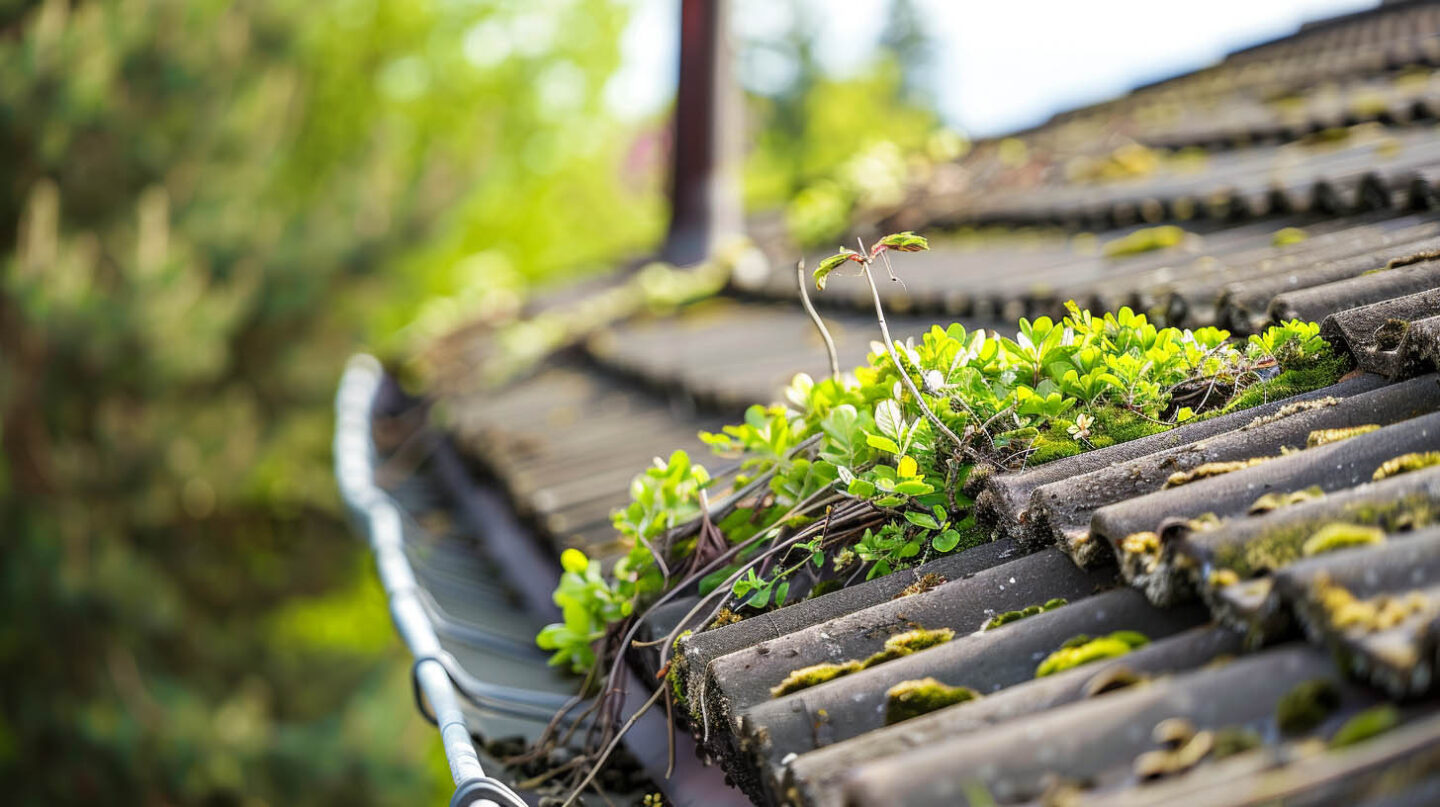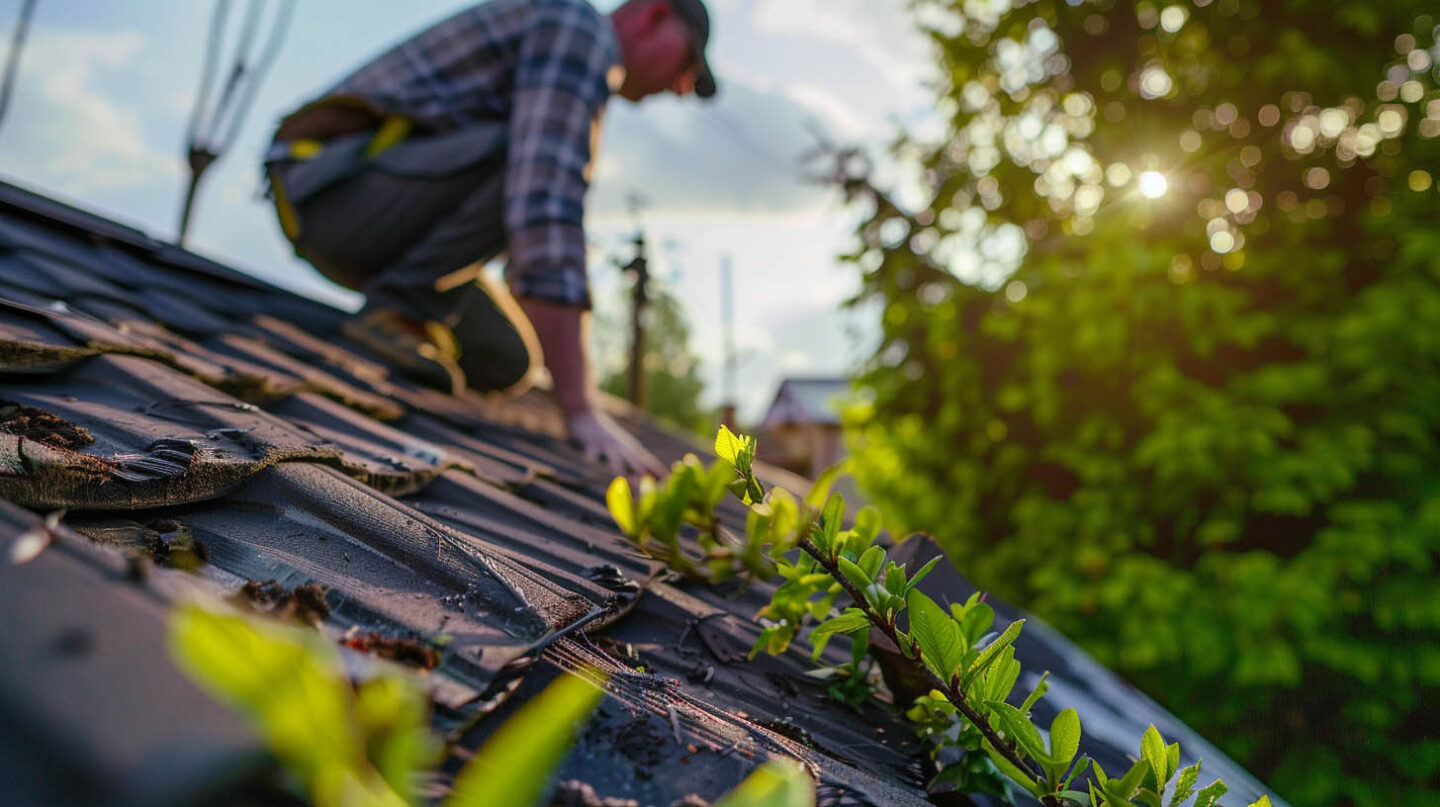Spring in Clayton, NC, brings renewal, but it can also bring severe weather that tests your roof’s strength. At The Shingle Master, we understand that your home’s first line of defense is your roof, which takes the brunt of high winds and heavy rain. That’s why conducting a spring roof maintenance check with our experienced team is not just a good idea—it’s essential. A thorough roof inspection after a storm by The Shingle Master can uncover hidden damage, prevent costly repairs, and ensure your home is protected. Let’s walk through the steps to get your roof ready for the season with our expert guidance.
Understanding the Impact of Severe Weather
Severe weather can take a significant toll on roofing materials, leading to both minor and major problems. Heavy rainfall and high winds often contribute to water damage and missing shingles, while harsh winter months can create ice dams that exacerbate structural issues. The signs of wear, such as sagging rooflines or loose shingles, indicate that immediate inspections are vital. Timely assessments not only prevent costly repairs but also ensure proper drainage, maintaining the roof as your first line of defense against the elements.
Common Types of Roof Damage After Spring Storms
The aftermath of spring storms can reveal various types of roofштп damage that may threaten your home’s integrity. Missing shingles often occur due to high winds, while loosened roofing materials can lead to leaks. Heavy rainfall may exacerbate water buildup, causing water damage in the attic or interior spaces. Visible signs of wear, such as sagging rooflines, can indicate structural issues that require immediate attention. Early identification of these issues is vital in preventing costly repairs and ensuring long-term roof maintenance.

Why Immediate Inspection Is Important
Post-storm inspections serve as a homeowner’s first line of defense against significant damage. The aftermath of heavy rainfall and high winds can leave minor issues, like loose or missing shingles, that quickly escalate into costly repairs if ignored. Identifying signs of moisture or structural issues early allows for necessary repairs, ensuring your roofing materials maintain integrity. Additionally, timely roof maintenance boosts energy efficiency, contributing to peace of mind as warmer weather approaches, while averting potential problems like mold growth.
Essential Tools & Safety Tips for a Spring Roof Tune-Up
A comprehensive inspection begins with the right tools. Essential equipment includes a sturdy ladder, safety harness, and a high-powered flashlight to spot hidden damages. Additionally, a moisture meter can effectively gauge water buildup, crucial for identifying potential leaks or mold growth. Safety precautions, such as wearing non-slip shoes and a hard hat, are vital. Always ensure proper drainage by clearing gutters of debris to prevent further water damage. Taking these steps equips homeowners to tackle minor issues before they escalate into costly repairs.
Must-Have Equipment for Homeowners
A sturdy ladder is essential for safely accessing your roof. Additionally, gloves protect your hands from sharp edges of roofing materials. A good pair of binoculars allows for an effective visual inspection from the ground, helping to identify missing shingles or signs of wear. Lastly, a moisture meter is invaluable for detecting hidden water damage that may lead to costly repairs. Having these tools at your disposal ensures a thorough assessment and promotes peace of mind during your spring maintenance routine.

Safety Precautions Before Starting Your Inspection
Prioritizing safety during your roof inspection is crucial to avoid accidents. Always wear protective gear, including a helmet, gloves, and non-slip footwear, to safeguard against potential hazards. Ensure that your ladder is stable and positioned on solid ground to prevent falls. If heavy rain or winds persist, postpone your inspection to mitigate risks. Additionally, check for electrical hazards from overhead power lines before working, and consider enlisting a team of experts for more complex structural issues. Peace of mind is invaluable.
Step-by-Step Spring Roof Tune-Up Checklist
Are you ready to give your roof the attention it deserves? Following a structured checklist will help ensure you don’t miss any critical areas. These key steps will guide you through a comprehensive spring maintenance routine, allowing you to systematically check for damage caused by the harsh winter weather.
This step-by-step process is designed to be straightforward and effective, empowering you to take control of your home’s protection. Let’s begin with the most visible part of your roof: the shingles and surface.
Inspect Shingles and Roof Surface for Signs
Examining shingles and the roof surface is a crucial step in roofгтп maintenance after severe weather. Look for missing shingles, signs of wear, or loose shingles that may have been dislodged by high winds or heavy rainfall. Pay close attention to areas where water buildup may have led to structural issues. Identifying small problems early on will save homeowners from costly repairs down the line. Proper inspection helps ensure your roof remains your first line of defense against the elements.

Trust the Experts
A spring roof tune-up is an investment in your home’s longevity, ensuring it remains a reliable barrier against the elements. By addressing minor issues before they escalate into major problems, homeowners can avoid costly repairs down the line. Regular inspections by a team of experts, including GAF Master Elite Contractors and Haag Certified Inspectors, can provide peace of mind and enhance performance. With attention to detail and proper maintenance, your roof will be in top shape, ready to withstand the summer weather and protect your home for years to come. As a BBB A+ and Raleigh’s Best Roofing Contractor, we are committed to delivering quality service.
Frequently Asked Questions
What are the signs that a roof needs maintenance?
Key signs of wear that indicate your roof needs attention include missing, cracked, or curled shingles. Also, look for water stains on your ceilings, granules in your gutters, or visible leaks in your attic. Any sign of roof damage, big or small, should be addressed promptly to prevent further issues.
How often should a roof be inspected?
To maintain your roof’s integrity, inspections are recommended at least twice a year: once in spring and once in fall. After severe weather events, an immediate inspection is crucial to identify potential damage before it escalates into costly repairs.
Read our blog: Cool Roof Shingles: Do They Pay Off in Humid Climates?


